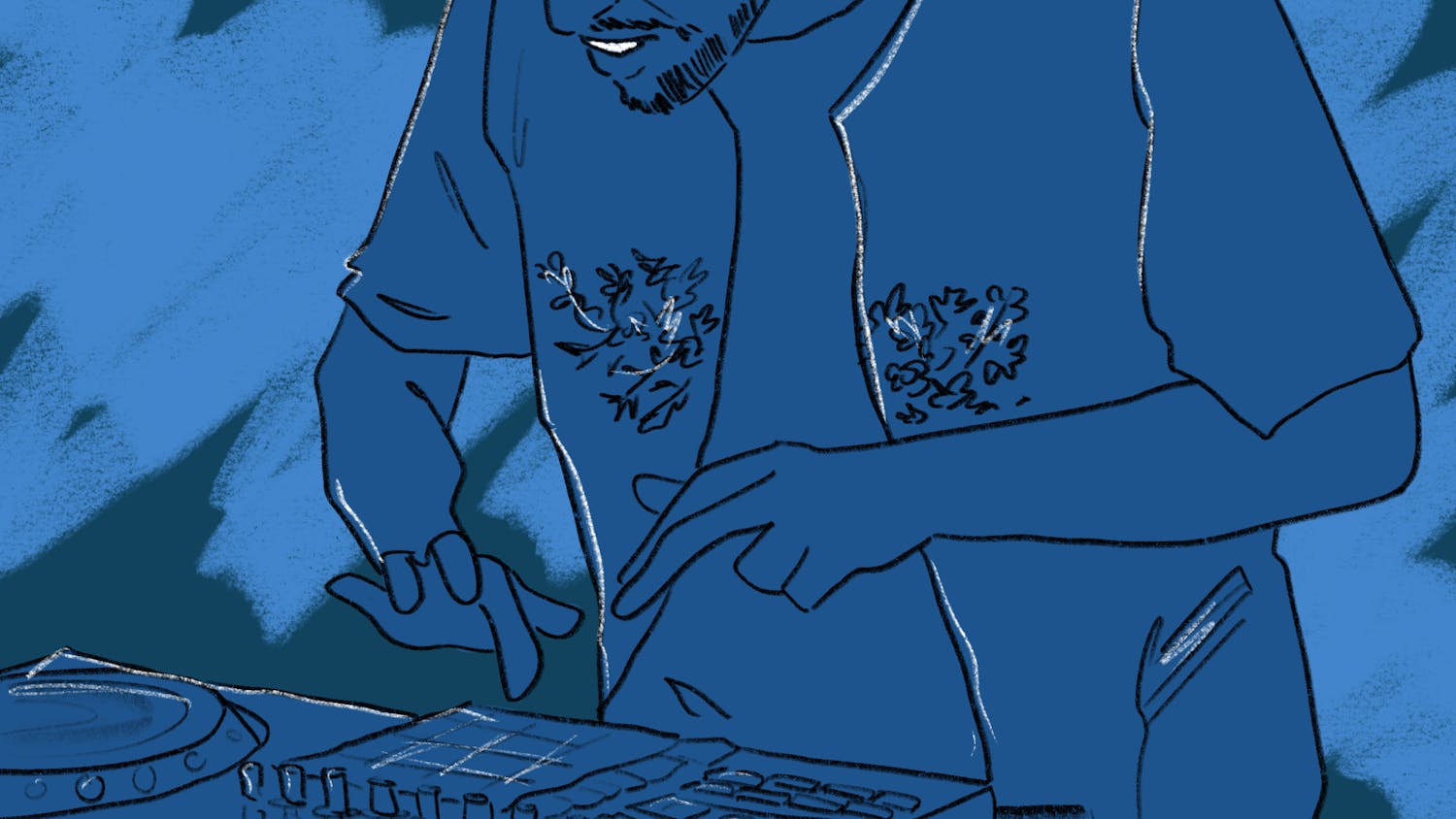On Monday, Americans will take time to remember the life and work of Martin Luther King, Jr., and to celebrate his dream. On Friday and Saturday, Dartmouth students will be able to see his dream brought to life and his work continued, as dancers of diverse backgrounds will combine dance, theater and music to address contemporary social issues.
The Bill T. Jones/Arnie Zane Dance Company describes its work as a fusion of dance and theater. The troupe's pieces, according to the company website, use diverse visual imagery, including dance, music and text (both spoken and projected onto screens) to examine a range of social concerns. This Thursday at 7 p.m. and this Friday at 8 p.m., Bill Jones and his company will perform "Blind Date" on the Moore Stage.
This "dance-theater" piece examines American ideals "at a time," Jones says, "when the notion of 'values' is a hot button issue." "Blind Date" explores the "oppositions, contrasts and conflict" that result from what Jones terms today's "toxic moral certainty."
As the Village Voice specifies, however, "'Blind Date' is not a polemic; it's a work of art, and a stunning one. However fervently Jones presents (or queries) ideas ... he doesn't talk politics or present our date with destiny in black-and-white ... 'Blind Date' shines a searching light." Other reviews have been equally laudatory -- The New York Times, for instance, calls it a "milestone" for Jones and "and a source of both deeply considered drama and visceral dance excitement."
The company not only reflects King's dream in its examination of social concerns, but in the diversity of its members. As Jones states, "the company [is] full of contrasting body types ... At an audition, I look for alignment and experience ... someone with an agile mind and the potential and ability to change."
Dancer Malcolm Low noticed the difference at his first rehearsal with the company. "I walked into the studio and the room was a collage," he said. "Nothing was alike or uniform. I couldn't find the prototype dancer."
This realization had both liberating and intimidating effects. "I've never been so scared to join a company," Low admits. "For the first time in my life, it was not a question of how well I blended, but of who I was as a dancer. What did I have to offer?" By forcing each member of the group to explore his or her individuality, Low says, "Bill creates a beautiful world full of so many different races and ideologies. This is a true world."
The group's interesting blend of dancers can be traced to the differences in its founders and life partners, Jones and Arnie Zane, who began the company in 1982. As the Los Angeles Times noted, "the image they created together on and off the stage -- the tall, black, sensual Jones and the short, white, nervy Zane -- spoke eloquently of the new freedoms embraced by their generation."
In an early interview, Jones described how their different perspectives on dance also helped shape the company's work. "I have made a lot of autobiographical work," Jones stated in 1985. "[While] Arnie tends to think as a visual artist ... He can take three objects and arrange them in a way that I never could have thought of."
Since Zane's death in 1988, Jones's "job" has been "to become two people. I've tried to think more like a visual artist -- to apply [Zane's] visual sense and organization to my working method." Perhaps as a tribute to Arnie Zane's "visual sense," Jones' company continues to bear his name.



